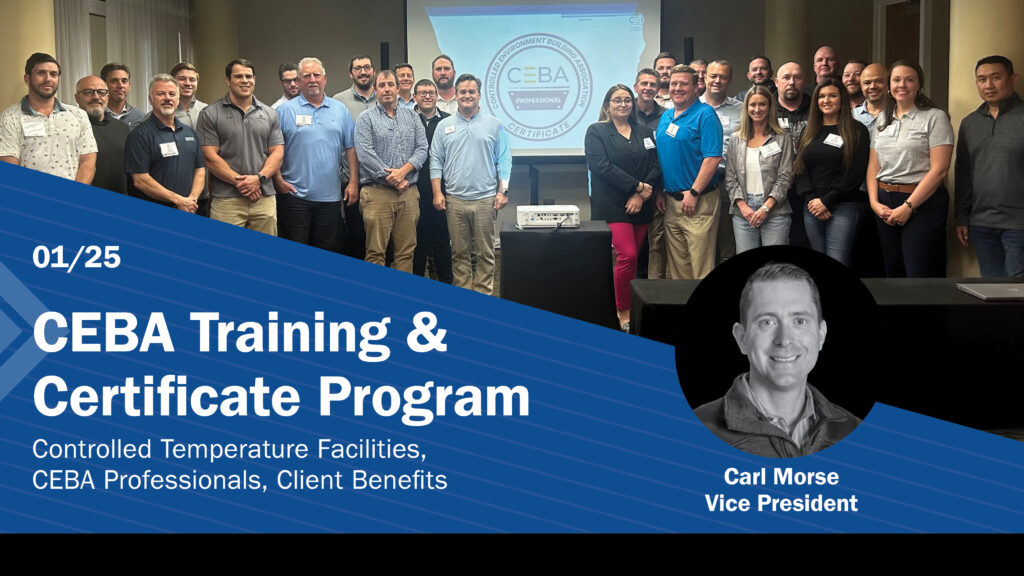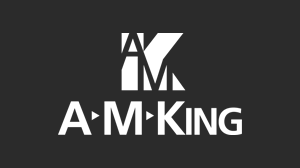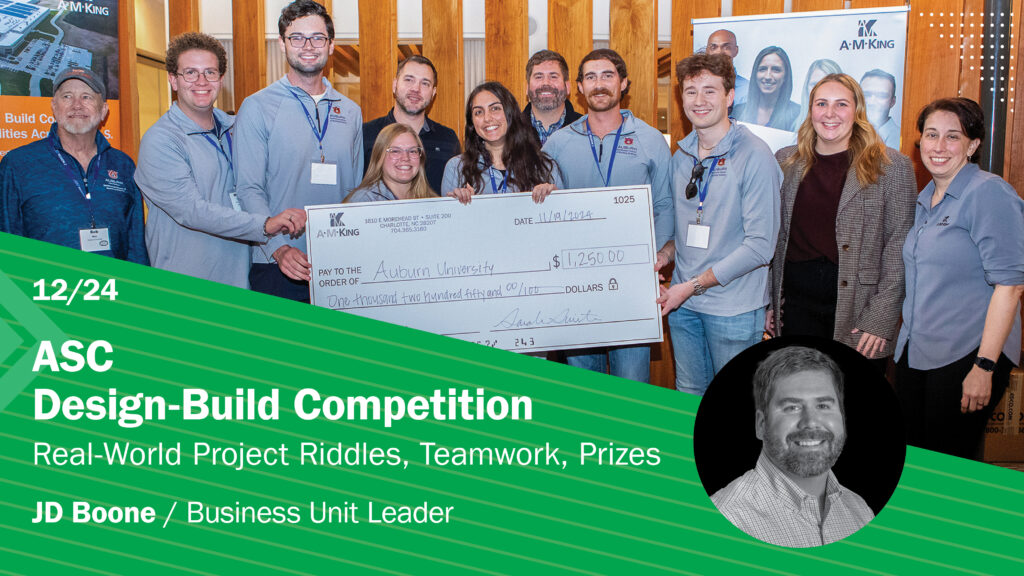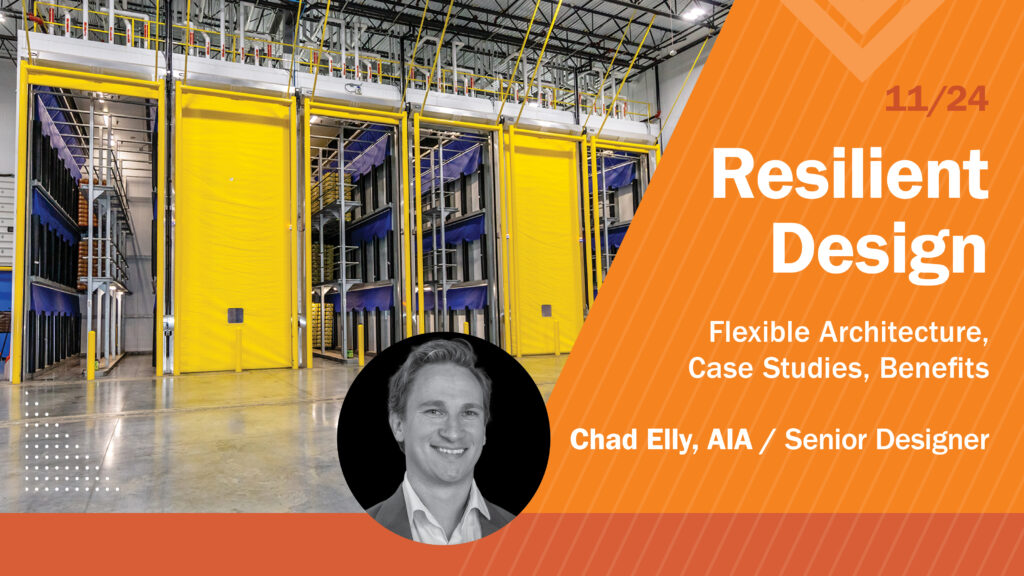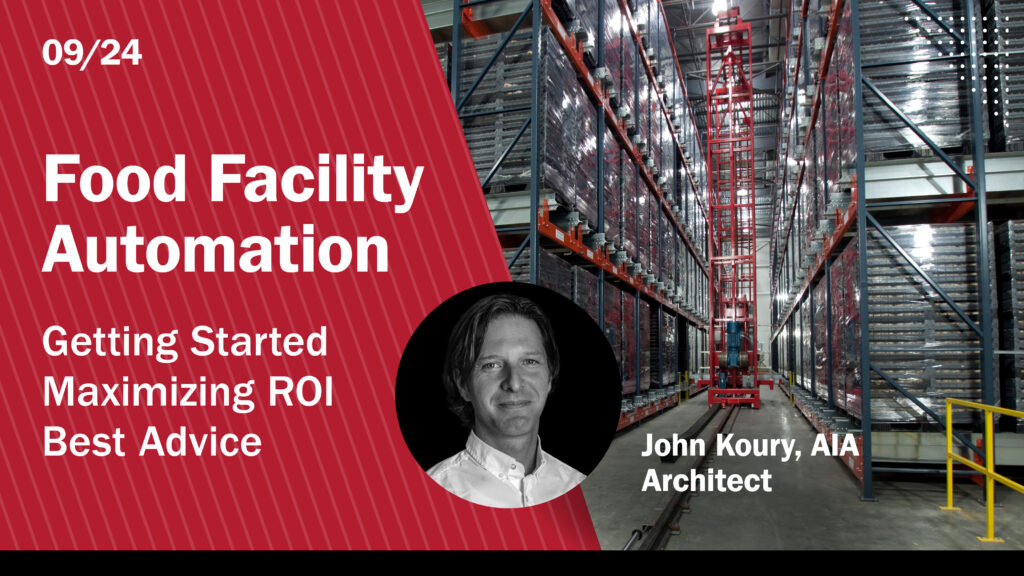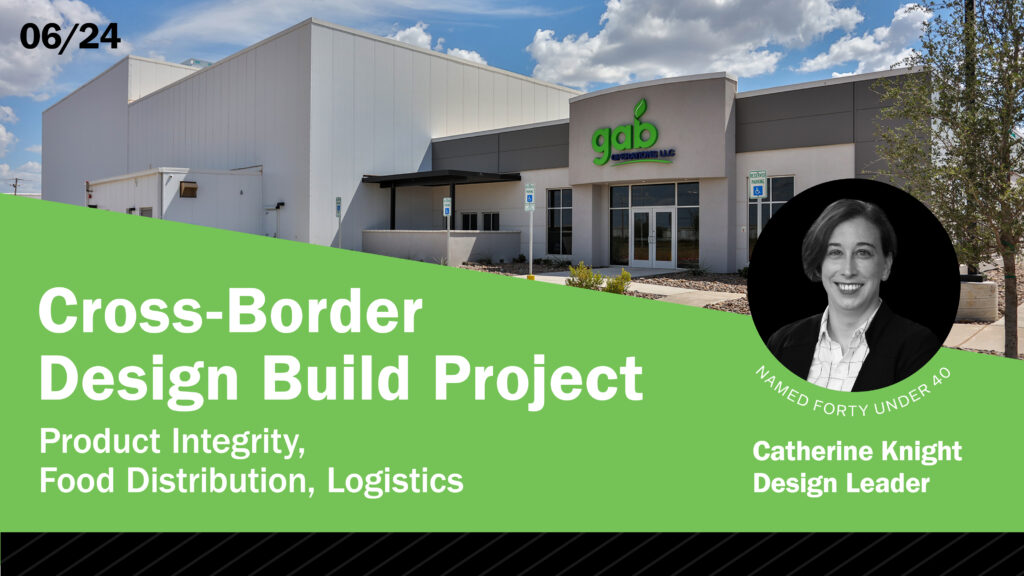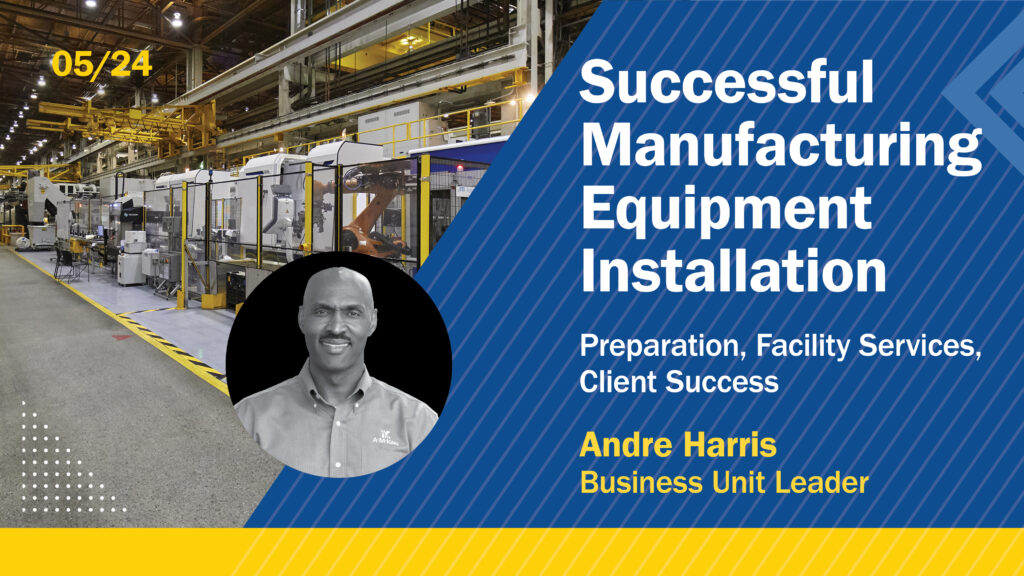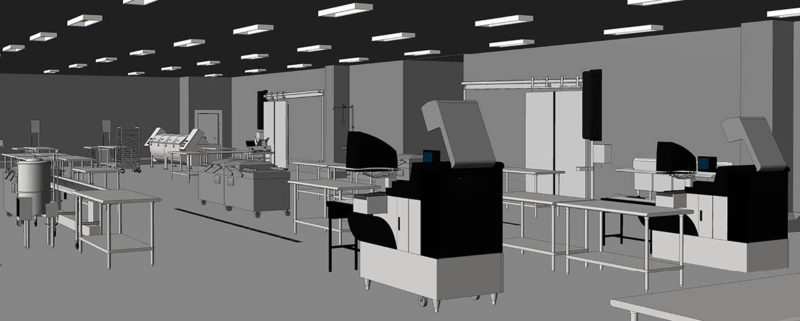
Design-Build with Digital Twins
While “digital twins” will likely never be part of my typical lexicon, the technology is finding its way into more of my client conversations. Many owners are now accustomed to visualizing their buildings during design and construction, but the popularity of digital twins is taking this a step further. Imagine being able to observe your most important asset in real time from anywhere in the world, using that data for not only operations and maintenance but also in preparation for future projects. The million-dollar question is how can you parlay the 3D content you mined from BIM into material that can do all of that? This is where we come in.
A BIM and Digital Twins Technology Primer
In recent years, Building Information Modeling (BIM) has become the industry standard for design authoring. The transition from CAD to BIM is a shift from representative lines to creation of a virtual model comprised of three-dimensional objects laden with information specific to those objects. With this shift we can generate virtual geometry accurately representative of objects in the real world. BIM technology has improved efficiency for all aspects of the design and construction industry and provides benefits to architects, engineers, builders, and owners. BIM is an extremely powerful tool during the design and construction phases of a building lifecycle; however, it isn’t intended for use beyond that.
BIM is static and has limited usefulness to an owner once construction is complete and operations commence unless it evolves into a digital twin.
A digital twin is a dynamic digital 3D model of a real-world physical entity that is continuously updated by live data captured from the physical space. This technology, which is poised to emerge as a key IT tool, can provide insight for owners into how the building works. According to Research And Markets 2022 report, the global digital twin market is projected to reach $155,839.4 million by 2030, registering a CAGR of 39.1% from 2022 to 2030.
No matter what application or industry a digital twin is being used for, the following components are required, per one of my favorite articles from Unreal Engine. They are the real-world physical entity; the data collected from the physical entity and surrounding processes that is also linked to its digital counterpart; the digital 3D representation of the physical entity; and a software program that processes the incoming data and applies it to the model objects.
The bi-direction stream of data between the digital model and the physical object is the key. This allows the digital twin to not only monitor and imitate accurate current conditions of its real-world counterpart, but also evaluate collected data and inform decisions for optimization. Digital twins technology is even capable of automating the data-driven decisions.
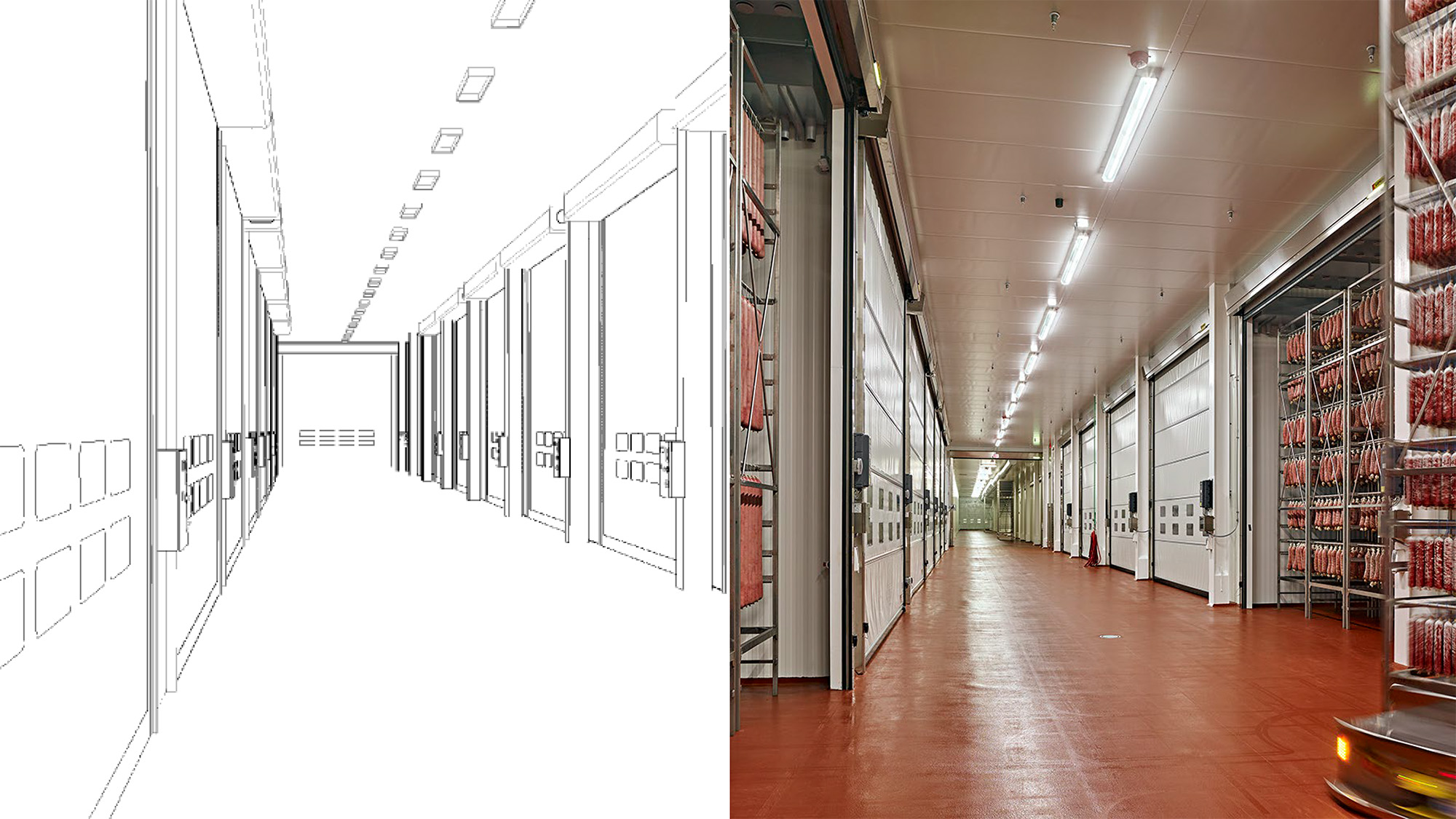
Twins Follows BIM
A M King is in a unique position to leverage digital twins. We already utilize BIM during design and construction of our clients’ facilities, many of whom could greatly benefit from incorporating this next logical step. In fact, according to Autodesk, “BIM is the most efficient path to the creation of an accurate high-value digital twin.”
When it is known during design that a client has interest in a digital twin, we can prepare the design authoring model to transform into a digital twin easily accessed by non-technical users.
From a Design-Build perspective, emphasis is placed on the performance of the building and future buildings, while also recognizing the processes that take place within the facility.
The contents of a digital model should be tailored to include elements that are important to the client’s operations. In addition to the building itself, a digital twin may include things such as mechanical systems, electrical equipment, security devices, equipment and machines, materials, products, conveying systems, and even people. Owners who understand the usefulness of digital twins become excited about the possibilities and enjoy defining goals with us.
Digital Twins Applications
A digital twin is a very open-ended concept and can be completely customized to fulfill almost any need —- from simply monitoring and providing a descriptive data output, to simulating “what-if” conditions, to controlling the real-world physical entity. While it’s important to know the variety of uses for digital twins, we focus on applications that will benefit our niche markets.
Food processing and manufacturing companies, for example, can benefit most from a process-based digital twin. This type of twin allows owners to analyze how parts of the process are performing, visualize how separate processes impact each other, and determine methods for optimizing the process as a whole. A manufacturing client likely wants to know that their employees are remaining safe while keeping production on track. By analyzing how people interact with the industrial processes, management can find ways to mitigate risk to employees. A food processing facility owner or manager’s most critical concern is food safety. By optimizing the process, efficiency can be maximized, therefore limiting potential degradation of quality.
A food distribution company may find more value in an informative twin. This type of client would likely set up a digital twin to continuously monitor the climate conditions in cold storage spaces.
With this capability, facility managers can verify that their products are being stored at the proper temperatures and that product integrity is always protected. If it is found that conditions are not ideal, users can manipulate the physical system through the twin. Using this technology, facility managers and executives would remain informed and take action as needed.
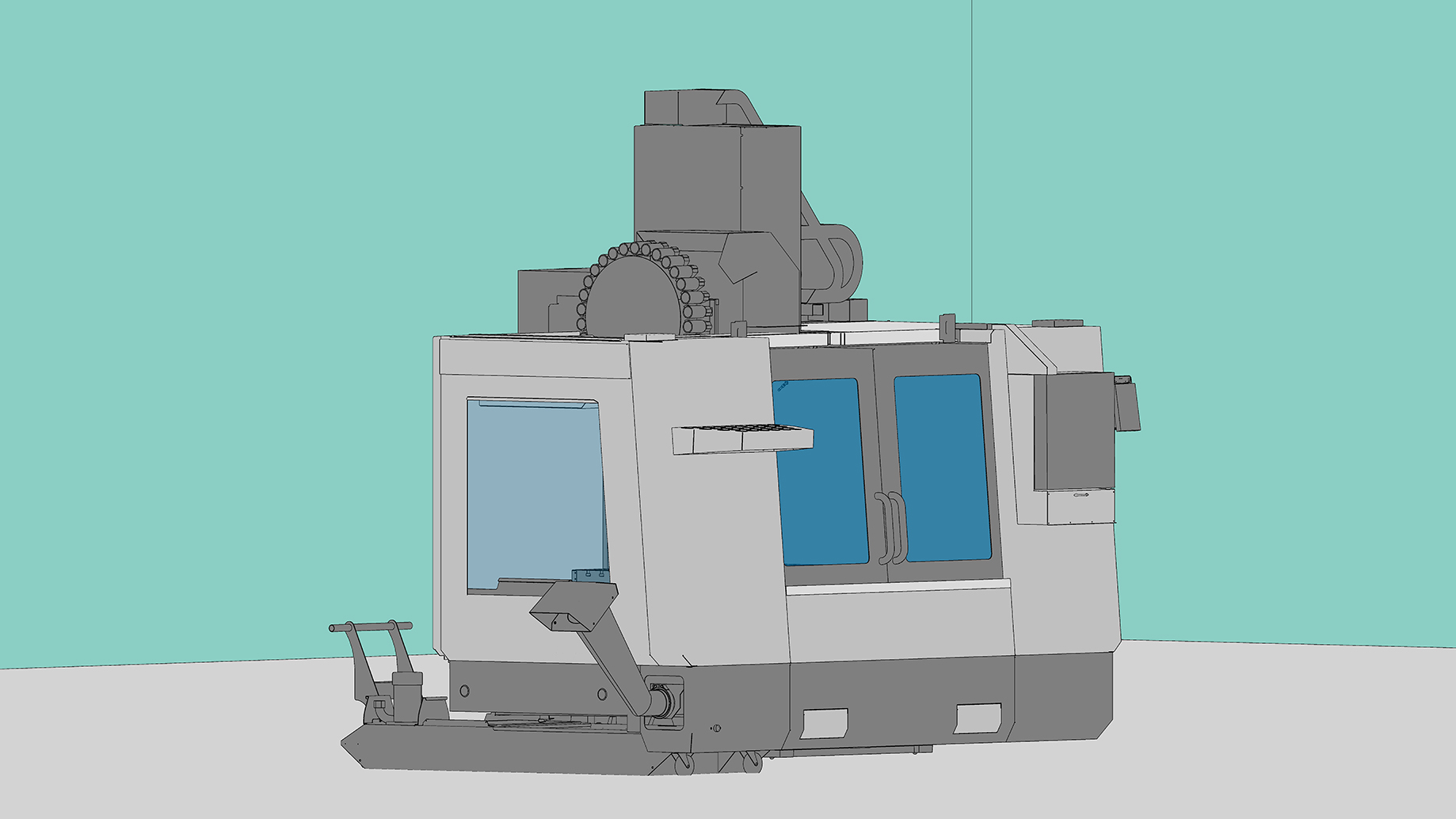
When I joined A M King several years ago, I was asked to help revitalize a 3D model for a manufacturing client in South Carolina. This client had made a significant investment into creating what they were referring to as an “as-built” model. Little did they know, they had begun to create a digital twin. By purchasing a scan of the building and all the equipment contained within it, they had created the digital foundation for a twin. Because they were unable to effectively maintain this model, they decided to lean on their already successful relationship with A M King. Our first task was to bring the model back up to current conditions, followed by conversations with the client’s senior management about what data to capture going forward and what software to use to process that data. We are now in the process of establishing a data link between the physical building and machines and the 3D model. Once completed, the client will possess a digital twin of their facility.
Final Thoughts
Typically, a digital twin will enhance users’ experience with data they are accustomed to monitoring and tracking by providing a more intelligent output, holistic content, and improved visualization. Once developed and understood, many users search for additional functions that will continue to improve operations and maintenance objectives. This is how a digital twin can continue to evolve, bringing value to current operations as well as future renovations, expansions and new facilities.


